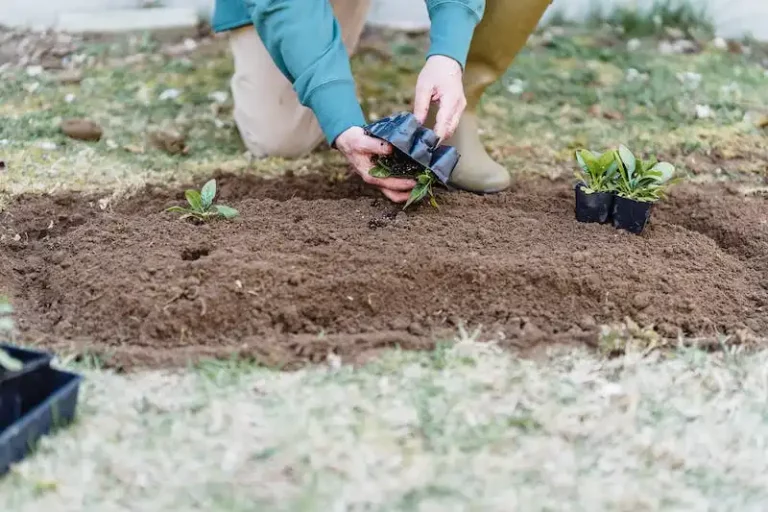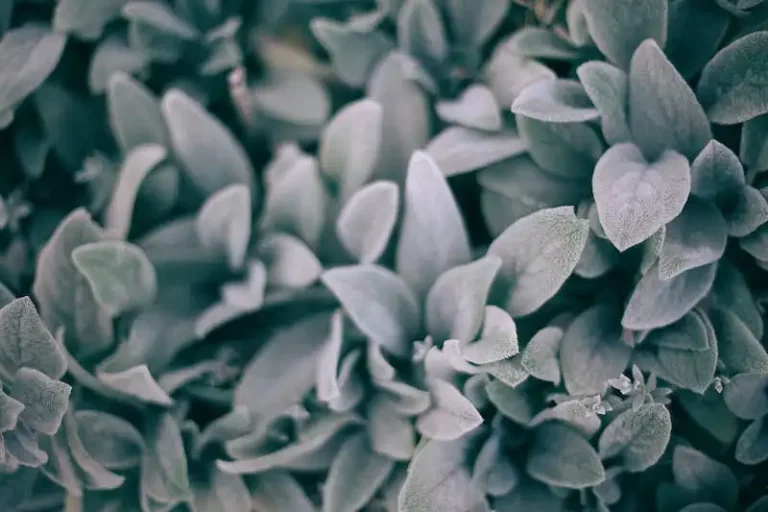Viola plant, also known as violet, popularly grows in a wide variety of conditions. These plants belong to the Viola family, Violaceae. They are most commonly known for their showy flowers that come in an array of colors such as blue, pale yellow, and purple. Violas typically flower during the spring and early summer, making them a perfect addition to any garden.
One common variety of Viola is the pansy, which has become a favorite among gardeners for its vibrant colors and tolerance to colder weather. Pansies can overwinter in mild conditions and are often used to bring life to winter gardens. Another popular type is Viola sororia, which has lovely purple flowers with a yellow blotch in the center.
Viola plants require well-drained soil and a spot where they can receive partial shade, especially during the hot afternoon hours. They are generally easy to care for, requiring regular watering and mulching in the winter to protect their roots from extreme temperatures. It’s important to water them at the surface to avoid overwatering.
If you’ve planted Viola seeds, you’ll have to prepare a checklist to ensure their healthy growth. This includes checking the soil for pests like slugs and providing enough humidity during the germination period. Once the seedlings have sprouted, Violas can be transplanted to their final location.
Violas can add a burst of color to any garden, whether they are planted in beds, borders, or containers. These plants are known for their tolerance to different weather conditions and can flower in both hot summers and mild winters. If you’re looking for a plant that will bring life and vibrant colors to your garden, Violas are a great choice.
How to Plant, Grow, and Care for Violas
Violas are beautiful and versatile plants that are relatively easy to care for. Whether you are a beginner gardener or an experienced plant enthusiast, violas can thrive in your garden. Here are some tips and guidelines on how to successfully plant, grow, and care for violas:
- Choose the right location: Violas prefer cool temperatures and can withstand a wide range of conditions. They thrive in partial shade but can also tolerate full sun. Consider your local climate and the specific needs of the violas you have chosen.
- Prepare the soil: Violas prefer well-draining soil with good moisture retention. Before planting, ensure that the soil is loose and fertile. Add organic matter, such as compost, to improve the soil’s nutrient content and drainage.
- Planting: Violas can be planted either in containers or directly in the ground. If planting in containers, choose a wide and shallow container to allow the plants’ root system to spread. When planting in the ground, space the violas about 6-8 inches apart to give them enough room to grow.
- Watering: Violas require regular watering, especially during hot and dry periods. Keep the soil evenly moist, but avoid overwatering, as it can lead to fungal issues. Water the plants at the base to prevent moisture on the leaves, which can promote disease.
- Fertilizing: Violas are not heavy feeders, but you can sprinkle a balanced fertilizer once a month during the growing season to provide nutrients. Be careful not to over-fertilize, as it can lead to excessive leaf growth at the expense of flowers.
- Pest and Disease Control: Violas are generally resistant to pests and diseases. However, aphids and snails can occasionally pose a problem. Monitor your plants regularly and apply organic pest control methods if necessary.
- Pinching and Deadheading: Pinching off the spent flowers and any leggy growth can encourage more compact and bushy plants. Deadheading also prolongs the flowering season.
- Mulching: Applying a layer of mulch around the base of the plants helps conserve moisture, suppresses weeds, and maintains an even soil temperature. Use organic mulch, such as compost or wood chips, and avoid piling it against the stems.
- Winter care: Violas are hardy perennials in some regions but may not survive harsh winter temperatures. In colder climates, mulch around the base of the plants to protect them. If you grow violas as annuals, replant new ones in early spring before the last frost.
- Enjoy the blooms: Violas produce a wide array of colorful and charming flowers. Their blooms can bring life to your garden, containers, or even indoor spaces. Appreciate their beauty and versatility as they grace your landscape year after year.
Remember to consult local gardening resources and websites for specific care information for the violas in your region. With proper care, you can enjoy the delightful flowers and cozy atmosphere that violas bring to your garden.
Details
Viola plants, also known as pansies, are colorful flowers that can be grown in gardens. These plants are typically tolerant of colder temperatures and can withstand some frost during the winter months.
When preparing to plant viola, it is important to select a location that receives at least 5 to 8 hours of sunlight each day. These plants prefer well-drained soil with moderate moisture levels.
Viola plants can be propagated from seeds or by rooting cuttings. If you choose to start from seeds, sow them in early spring or late autumn and slightly cover them with soil. Keep the soil moist until the seeds germinate.
If you like, you can also buy young viola plants from local nurseries or online websites. When planting these plants, make sure to dig a hole slightly deeper than the root ball and space them approximately 6 to 8 inches apart.
Watering viola plants is critical, especially during the hot summer months. They prefer to be watered in the early morning or late afternoon to avoid evaporation. However, be cautious not to overwater, as this can lead to root rot.
Viola plants typically flower in spring and autumn, producing colorful blooms that add beauty to any garden. To encourage continuous flowering, pinch off spent flowers regularly.
Viola plants are native to Europe and Asia but have since been introduced to many parts of the world, including North America. They are known for their heart-shaped and broadleaf foliage, which makes them look attractive throughout the growing season.
These plants are relatively low-maintenance and can tolerate a wide range of soil conditions. They are also generally pest and disease tolerant but may attract snails or slugs. If you encounter any issues, take appropriate measures to control the pests.
Viola plants can be a delightful addition to any garden with their beautiful flowers, tolerance of cooler temperatures, and ease of care. Whether you are a beginner or an experienced gardener, you’ll love the effort you put into growing these charming plants.
Now that you know the details about viola plants, you should feel confident in selecting and growing them in your own garden. Follow the tips and recommendations mentioned above, and you’ll be on your way to creating the perfect environment for these lovely flowers.
Collecting feedback from other gardening enthusiasts and joining a local cooperative can also provide you with valuable insights and further enhance your gardening experience with viola plants.
Calendar
The calendar below provides a timeline for the cultivation and care of Viola plants:
- January:
- Start watering Viola plants more frequently.
- Begin sowing Viola seeds indoors for early spring planting.
- Pinch back young plants to encourage bushier growth.
- February:
- Continue sowing and planting Viola seedlings.
- Protect plants from cooler temperatures and frost.
- March:
- As the weather begins to warm up, plant violas in your gardens.
- Prune Viola plants to remove any dead or damaged parts.
- April:
- Continue planting Violas outdoors, especially in areas with milder climates.
- Water regularly, but avoid overwatering to prevent downy mildew.
- May:
- Violas should be in full bloom now, displaying a wide range of colorful flowers.
- Deadhead faded blooms to promote continuous flowering.
- Fertilize Viola plants with a balanced, acidic soil mixture.
- June:
- Violas appreciate some shade during the hottest summer months.
- Apply seaweed extract to boost plant health and flowering.
- July:
- Continue to water Violas regularly, especially in hot climates.
- Protect plants from snails and other pests.
- August:
- If your Violas have become leggy or overgrown, consider pruning them back.
- Prepare new garden beds for fall sowing of Viola cornuta seeds.
- September:
- Sow Viola cornuta seeds for winter and early spring blooms.
- Water newly planted Viola seeds regularly to ensure germination.
- October:
- As the days become cooler, protect Viola plants from frost and winter conditions.
- Remove any dead or yellowing foliage to prevent disease.
- November:
- Violas grown in containers can be brought indoors to a sunny window for winter enjoyment.
- Water sparingly during the winter months.
- December:
- Violas may go dormant during the winter, but will start growing again in the spring.
- Continue to provide some light watering, as needed.
Please note that the above calendar provides general guidelines for Viola care. Depending on your specific location and climate, adjustments may be necessary. Always consult with local gardening resources or experts for the most accurate information.




